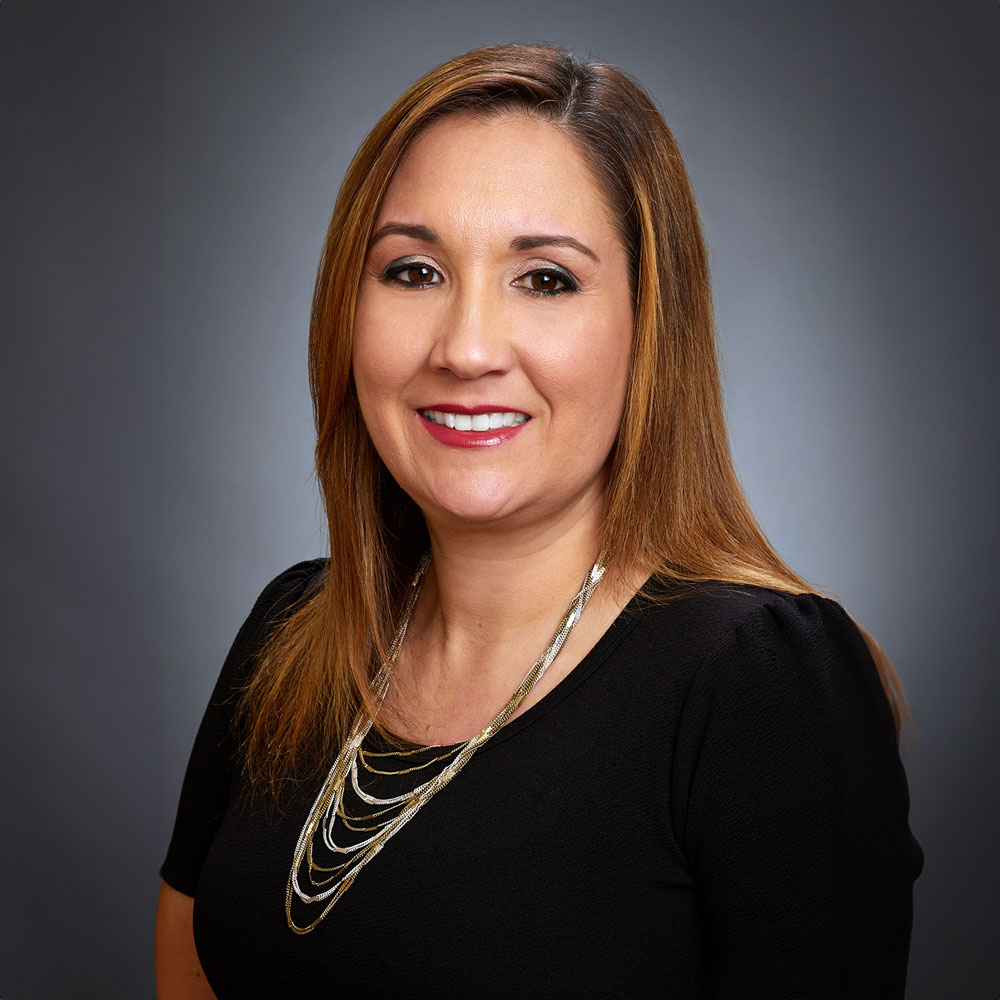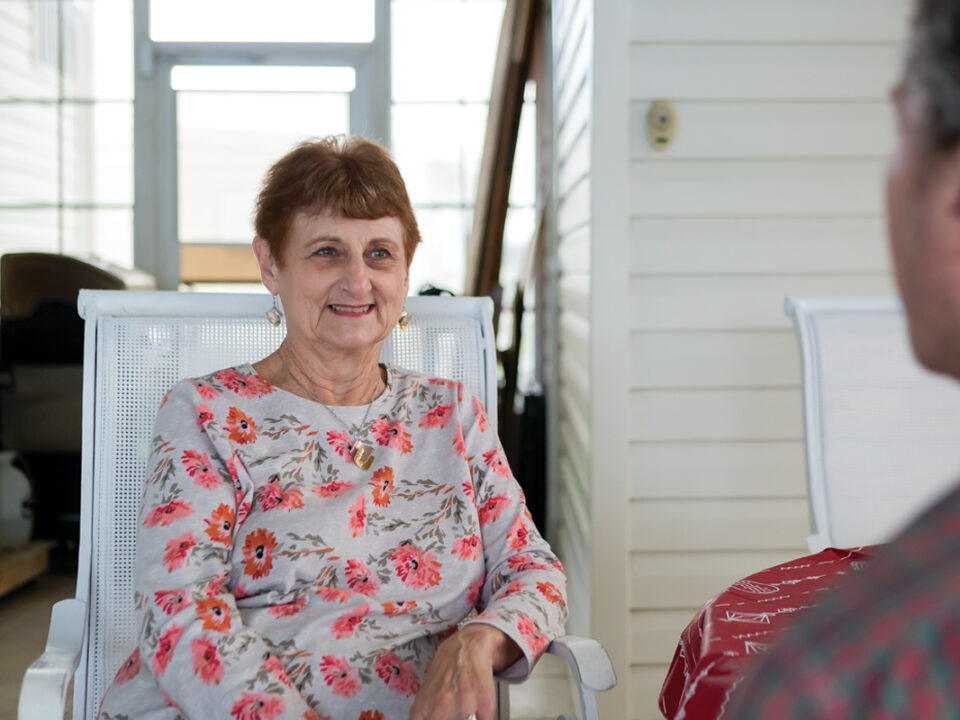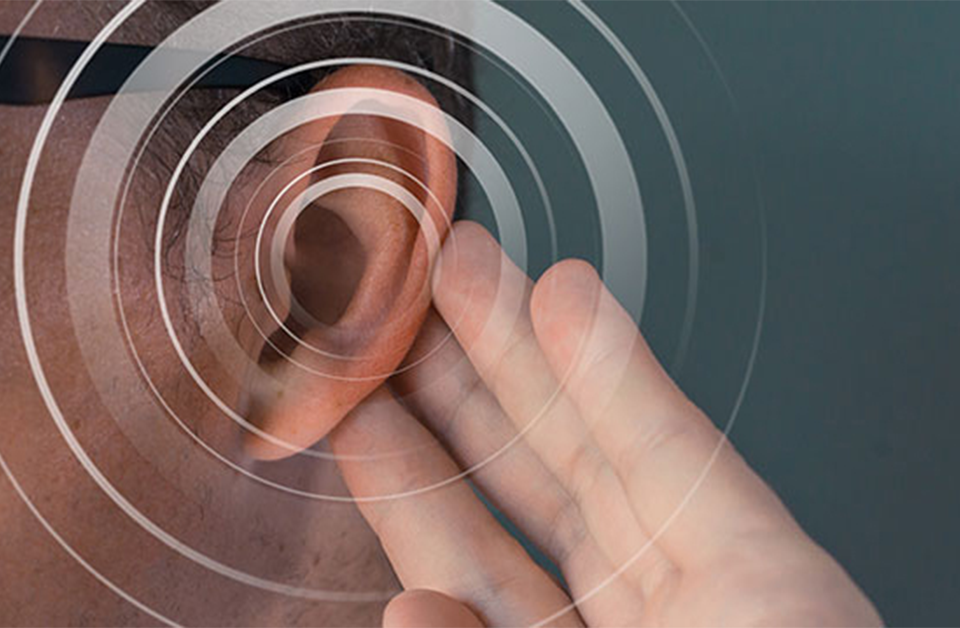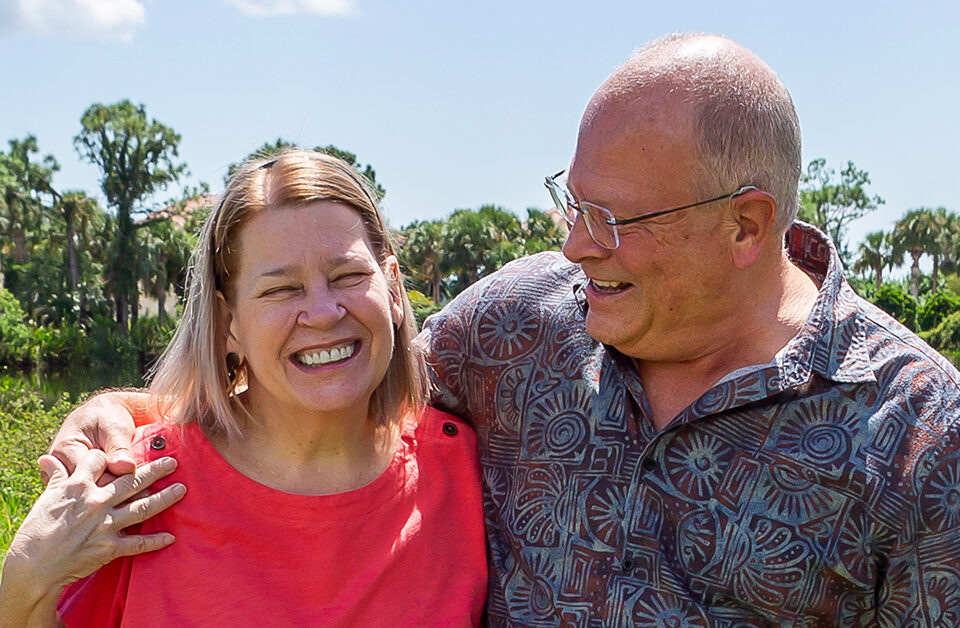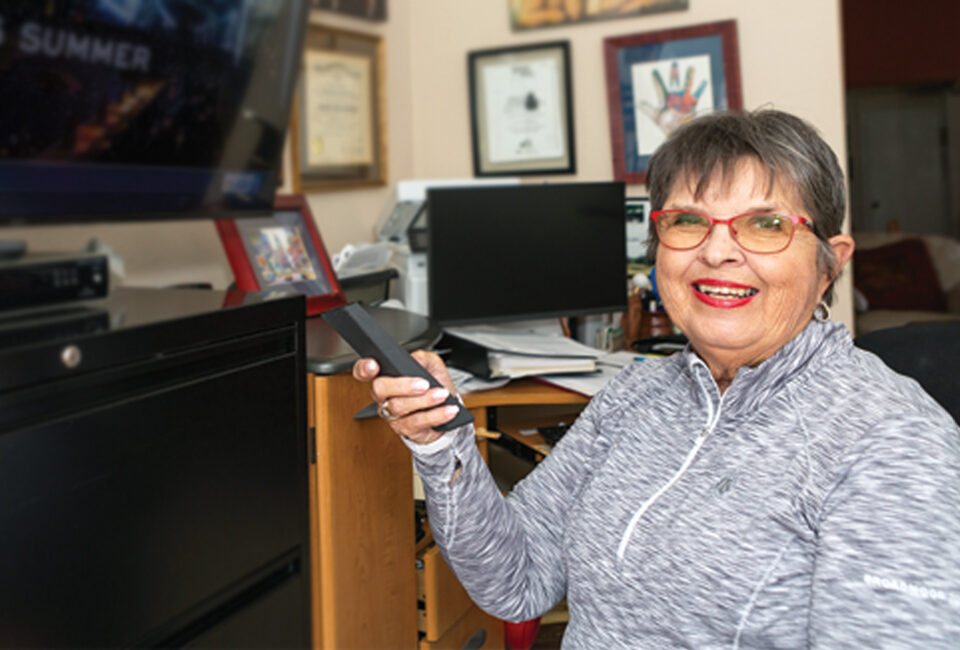

There are plenty of people who don’t interact with their closest neighbors or even some family members as often as Richard Jones has with the US Patent and Trademark Office.
Richard, a 79-year-old retired electrical engineer, holds nine US patents for the innovations he’s created while modeling and designing microprocessor-controlled air-conditioning, refrigeration and heat-transfer systems.
Most of those patents were awarded while Richard was working for a major air-conditioning manufacturer, a well-known electronics maker and a Virginia-based energy company that supplies power to parts of Virginia, North Carolina and South Carolina.
“More recently I’ve been producing works on climate change,” Richard offers. “I’ve studied the subject for 2½ years and have already written one book on the subject. I’m in the process of writing a second.”
Long before turning his attention to climate change, Richard was forced to turn his attention to a far more personal issue, one with roots in a congenital condition that has caused him suffering and discomfort since childhood.
“I have very small eustachian tubes,” Richard says of the passageways between the middle of each ear and the upper throat that are responsible for equalizing ear pressure and draining fluid from the middle ear.
“This issue has caused me problems since I was 5 or 6 years old because the eustachian tubes get all plugged up and harbor bacteria, which can cause earaches, infections and things like that.
“Then about 15 years ago, I contracted a cholesteatoma (middle ear cyst) that had to be operated on. I was fit with a prosthesis after that, but that eventually failed, and when it did my hearing went to hell in a handbasket.”
I Blame Myself
Richard was already severely hard of hearing in his right ear before the left ear became compromised following the surgery. However, his initial attempt to resolve the issue failed as badly as the prosthesis.


He admits he has only himself to blame for that.
“I decided I needed to get a hearing aid,” Richard reveals. “But what I did was get what amounts to an amplifier from a big-box retailer.”
The device did little to improve Richard’s hearing. It made the sounds he heard louder, but it didn’t make them clearer or more intelligible. Despite the aggravation that caused, Richard waited almost a year to rectify the problem.
“There was a lot of turning my head to the left to hear somebody during that time,” Richard relates. “I was given a recommendation by my ear, nose and throat physician, who said I should go see Dr. Duran.”
Dr. Duran is Drianis Duran, AuD, of Gulf Coast Audiology. She first saw Richard about a year ago. It was not the first time she’s treated a patient who failed to resolve a hearing issue by obtaining nonprescriptive hearing aids.
In most of those case
s, she says, the failure stems from the provider’s inability to properly test and evaluate the patient’s hearing loss. That is never a problem at a practice such as Gulf Coast Audiology, according to Dr. Duran.
“You’re visiting a team of professionals who have the knowledge and experience to accurately test your hearing, evaluate your needs and determine the treatment option that’s best for you,” she says.
“That is all a part of our recipe for personalized care, and you need to take that personal approach to care when treating someone with hearing loss because there is no one-size-fits-all approach to treating hearing loss.
“Hearing is a very dynamic sense because people are not always in the same environment. We hear differently depending on where we are and what’s happening around us, and correcting that starts with a very thorough audiological evaluation.
“Beyond that, the provider needs to make a commitment in time and effort to resolving someone’s hearing issues because there’s a lot of fine-tuning, even a lot of handholding involved in fitting someone with the proper hearing device.
“And finally, depending on the hearing device the patient receives, the provider may need to spend time explaining the various features and applications that make it th

“A Substantial Difference”
Richard realized the difference between a big-box provider and a board-certified audiologist within minutes of meeting Dr. Duran. The hearing test alone, he says, was on a level he had not experienced before.
“There’s a substantial difference between the two,” Richard confirms. “The difference is that Dr. Duran has the ability to make sure the hearing aid I have is actually amplifying the frequencies that I’m deficient in.”
Dr. Duran did that by fitting Richard with a hearing device that includes a feature known as CROS, which stands for contralateral routing of signals. A CROS device allows a person with unilateral, or single-sided deafness, to hear and comprehend all necessary sounds.
The system includes a transmitter that is placed in the most compromised ear and a hearing aid that is placed in the better ear. The transmitter sends signals that can’t be heard in the poor ear to the better ear so that hearing becomes more natural.
The CROS device has done wonders for Richard.
“There is a substantial difference in the quality of the sound that I receive now,” Richard details. “It’s a much better sound, much crisper. And it’s eliminated the need for me to turn my head toward the person I’m listening to.
“The bottom line is that through the hearing aids she’s fit me with, Dr. Duran has made my life significantly better. There is no question about it, and because of that, I absolutely recommend her to anyone with hearing issues.
“The difference between Dr. Duran and the people I was dealing with before is like apples and oranges.”





